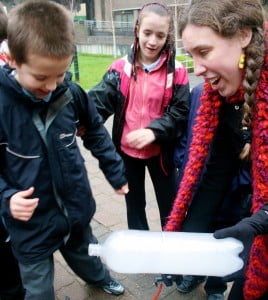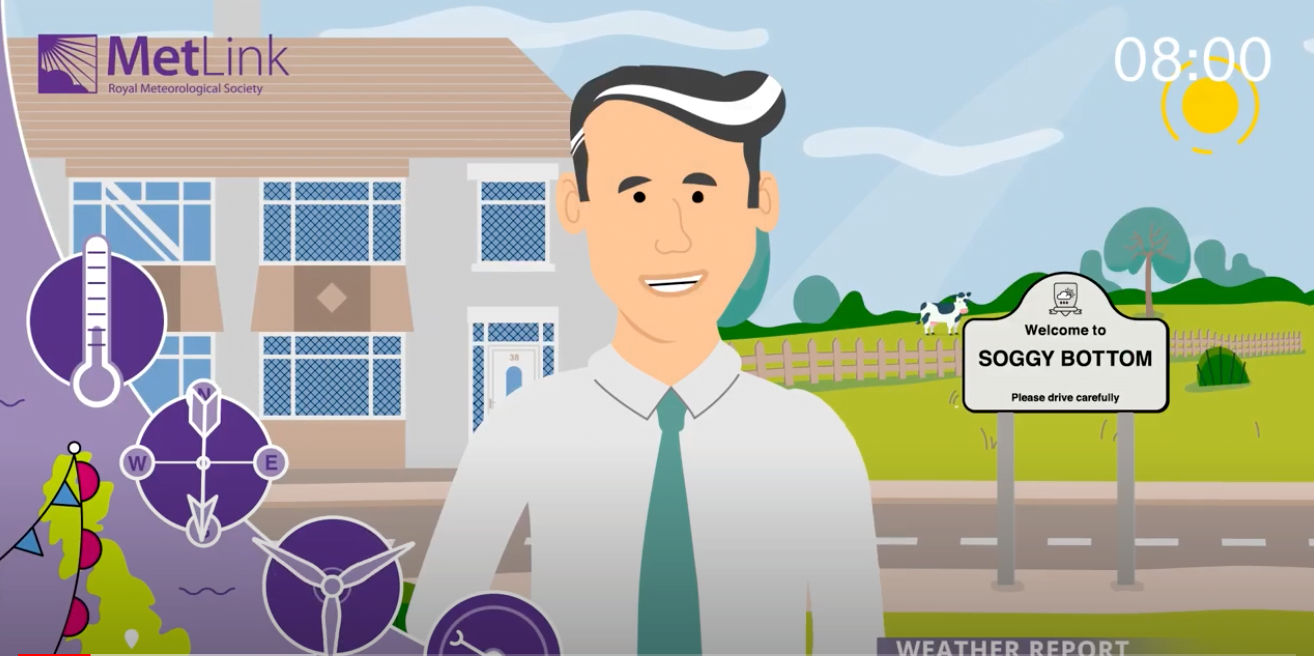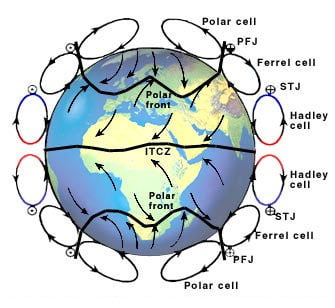

Africa: Climate Change Impact and Mitigation
Africa is one of the lowest contributors to global greenhouse gas emissions, yet key development sectors are already experiencing widespread losses and damages attributed to human-induced climate change.
Widespread negative impacts of 1.5-2°C of global warming are projected for Africa. These impacts are likely to be severe due to reduced food production, reduced economic growth, increased inequality and poverty, biodiversity loss, and increased human mortality.
Exposure to climate change in Africa is multi-dimensional. There are socioeconomic, political, and environmental factors which make people more vulnerable. Socioeconomically, Africans are disproportionately employed in climate-exposed sectors: 55-62% of the sub-Saharan workforce is employed in agriculture and 95% of cropland is rainfed. In decision-making, particularly in rural Africa, poor and female-headed households have less sway and face greater livelihood risks from climate hazards. Environmentally, in urban areas, growing informal settlements without basic services increase the vulnerability of large populations to climate hazards, especially women, children, and the elderly.
Climate adaptation across Africa is therefore crucial to lessen the impact of future warming, is generally cost-effective, and will provide social, economic, and environmental benefits to the vulnerable. However, the current finance available is far less than adaptation costs. Most adaption options are effective at present-day warming but their effectiveness for future warming is unknown.
Climate: Impact and projected risks
Most African countries will enter unprecedented high temperature climates earlier in this century than generally wealthier, higher latitude countries, emphasising the urgency of adaptation measures in Africa.
Both mean temperature and extreme temperature trends will increase across the continent, resulting in more heatwaves and drought. With above 1.5°C of global warming, drought frequency and duration will particularly increase over southern Africa. If 2°C global warming occurs there will be decreased precipitation in North Africa whilst any rise above 3°C of global warming will lead to drought duration in North Africa, the western Sahel, and southern Africa doubling from 2 to 4 months.
Bar north and southwestern Africa, rainfall events will also increase in frequency and intensity across Africa, at all levels of global warming.
Consequently, multiple African countries are facing compounding risks in the twenty-first century.
Hydrological variability and water scarcity will increase and will have a cascading impact on water supply and hydrological power production.
Climate change has already reduced economic growth across Africa, one estimate suggests gross domestic product (GDP) per capita for 1991–2010 in Africa was on average 13.6% lower than if climate change had not occurred.
Future warming will negatively affect food systems in Africa by shortening growing seasons and increasing water stress. With 1.5°C of global warming, declines are projected in suitable areas for coffee and tea in east Africa, for olives yields in north Africa, and for sorghum yields in west Africa.
Mortality and morbidity are expected to escalate as of tens of millions of Africans will be exposed to extreme weather and an increase in the range and transmission of infectious diseases.
Climate change is projected to increase migration. Africa’s rapidly growing cities will be hotspots of risks from climate change and climate-induced in-migration, which will amplify pre-existing stresses such as poverty, informality, social and economic exclusion, and governance.
Increasing temperatures are likely to cause drought-associated conflict risk.




